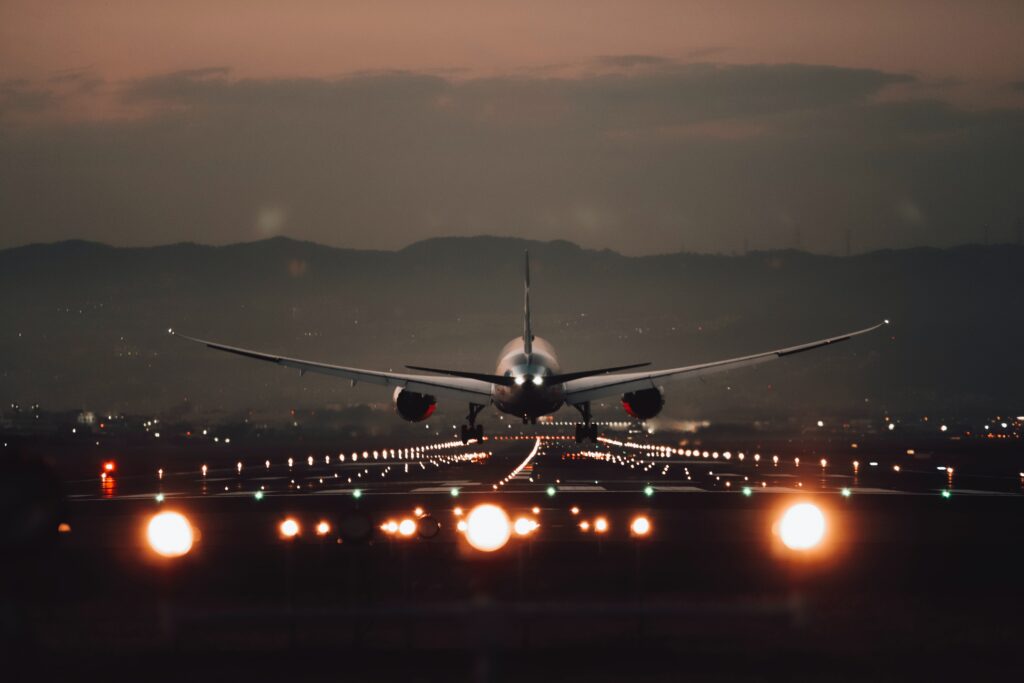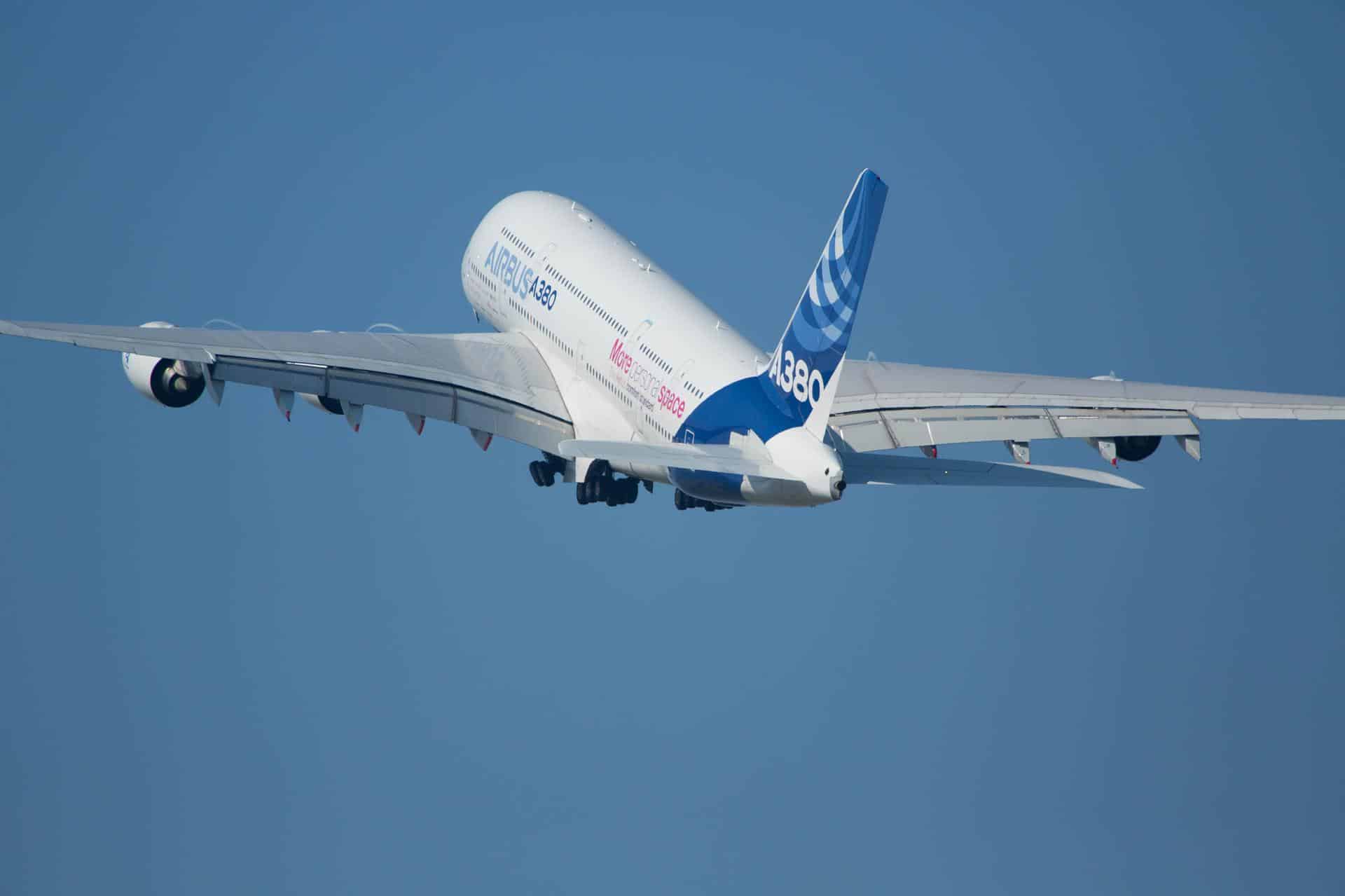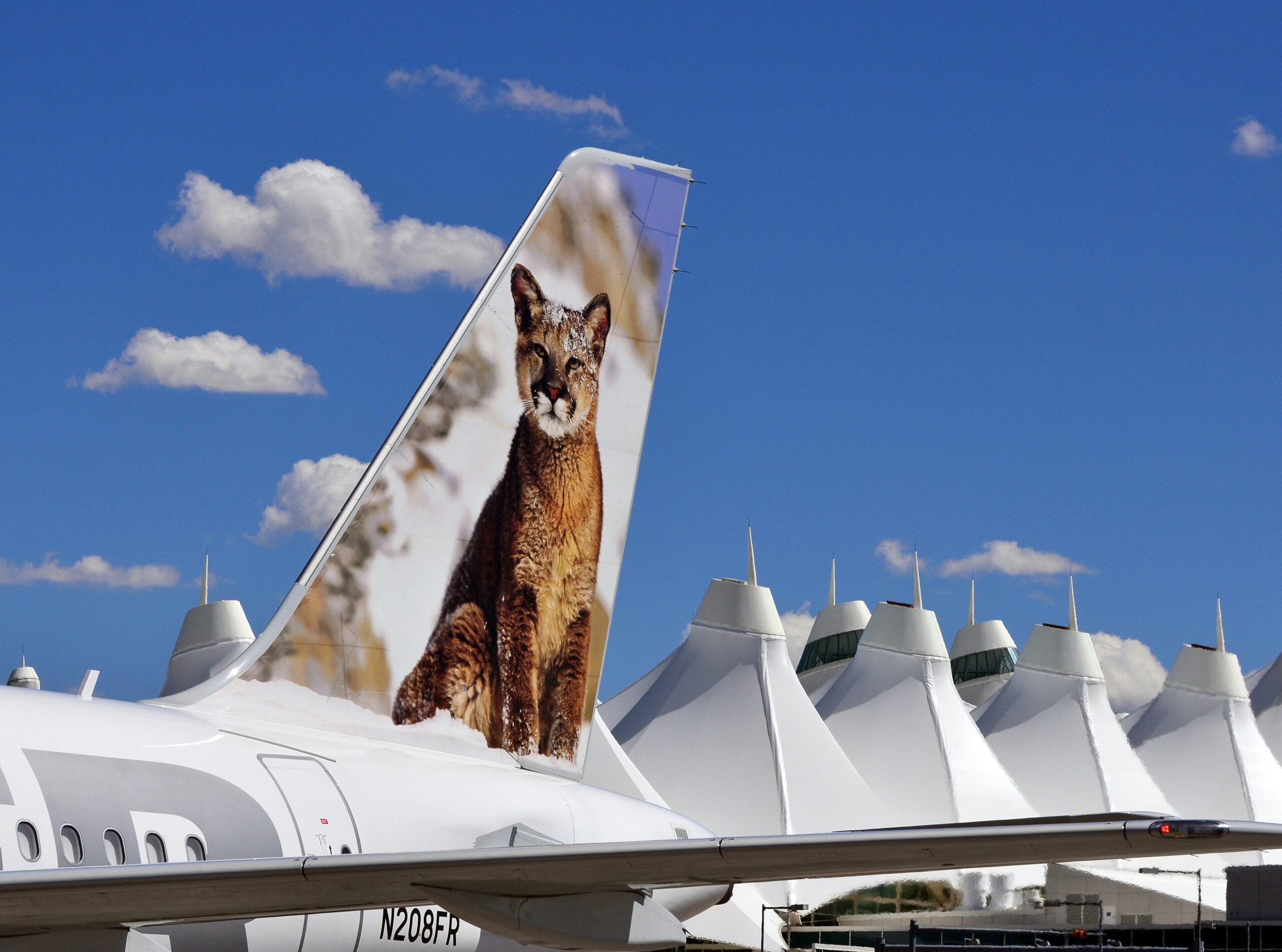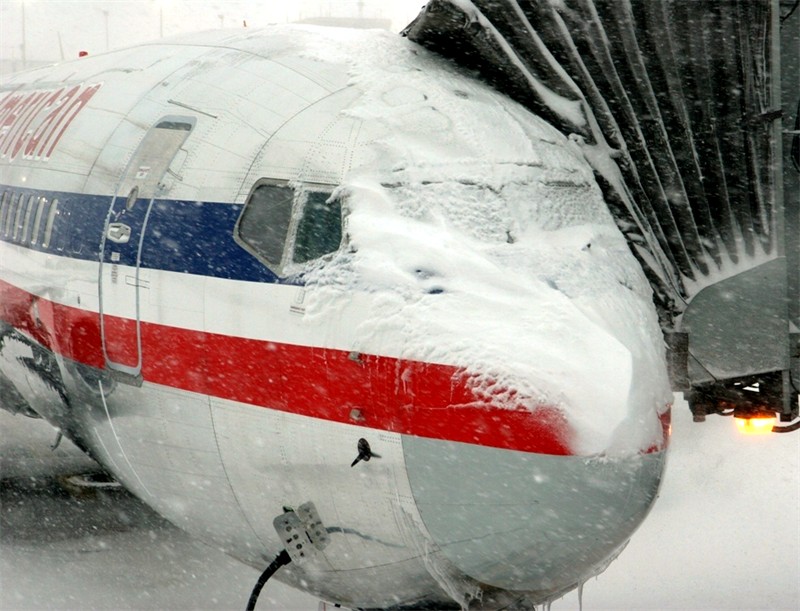Aircraft Traffic Control could be a lot Better
Airlines can only do so much. Pilots too. How aircraft traffic is efficiently managed through controlled airspace can have an enormous impact on the overall efficiency of the industry.
If only we could find a way to make it happen.

And it would be a fast improvement too. Really fast. Faster than the current trajectory for other fuel and innovation solutions we need to create as we race toward #NetZero in 2050. Air Traffic Control can do this now and deliver savings in a matter of months, not years.
Ghost Flights
You may have read recently that some airlines performed empty flights. So called “Ghost flights”. Flown to maintain valuable “slots” at major airports. There is a report about this with IATA. While overstated, it did happen.
And we’re glad it did. Why? Because it might open the pandora’s box of how we stop all unnecessary flights, but also unnecessary flight hours spent by aircraft in the air.
When you recycle trash, you do so hoping your neighbor is doing the same. And the nice folks in the next state over. But mostly you are hoping big companies with the big emissions are doing even more.
Air Traffic Controllers
ANSP’s are Air Navigation Service providers, and they hire air traffic controllers that manage the aircraft we fly in. And by control, I mean control. Flight departure times, arrival times, routes, heights, speeds, diversions, holding patterns and delays.

And we don’t mean this in a bad way. This is necessary. But the way they do business is flawed. And a recent study showed that up to 40% emissions savings could be achieved if ATM could be reformed.
Yes, you read that right. 40%.
Airspace Time
Let us control you around the hype and hold you short of the fake-data runway on aviation emissions. Let us guide you safely onto the flight path of truth around the issue of flight sustainability. And let’s start with the first fact.
Aviation CO2, globally, accounts for approximately 3% of total carbon emissions. Yes, that’s too much and we are working hard to bring that to net zero. But Aviation has outclassed other transportation sectors in our fuel efficiency journey.
Improving efficiency by 50% over the past 25 years thanks to engine technology like LEAP. Take that shipping and trains!
But there is wastefulness happening under our noses. And it gives us no joy to report it, but we need to. In fact, we should embrace it with open arms. A study on the EU theatre of Air Traffic Control has shown that none of the technological advances in replacing Kerosene with SAF (Sustainable Aviation Fuel) or propulsion will matter if 30% of your flight time was wasted circling the English coast waiting to land at Heathrow.
Navigation Control
It’s a complex business, managing Aircraft. These highly trained, multi-tasking groups of controllers do an excellent job in an ever-changing environment. And they are beset by many things. Weather, technical issues, schedule changes and congestion.

Broadly speaking however, the task is simple. Our Air Traffic Control systems seek to direct flights within a confined network of air corridors to ensure their punctual departure and arrival. As well as guaranteed separation and ensure safety.
Yes, we have last-minute issues but 95% of flights are scheduled months (if not years) in advance. In the EU they have EUROCONTROL. You can check out their website for lots of information on their sustainable activities. But do what they may, they are subject to a lot of issues that are not spoken about openly in the business of commercial flights.
Just like the 5G issues between the FAA and the Telecoms companies we spoke about, there needs to be more joined-up thinking when it comes to choosing the best course of action with regards to the movement of aircraft with efficiency being a priority.
Air Navigation Service
A lot of you have new cars. Lucky ducks. You may have noticed a new feature where your car cuts out at traffic signals. Some of you hate this and switch it off. Some of you don’t. You trust your German car designers, believing them to know what they are doing.
And believe you should. Fuel use at idle, when multiplied over the life of the car, is far more costly and harmful if you choose not to use this feature. Due to gravity, Airplanes don’t have this feature.
So, when we want to “stop” the movement of aircraft on its route due to traffic, we cannot physically shut the aircraft down. We must instead control it aimlessly in circles, or on longer routes than planned. Flights can and are flown for longer than needed. And we need to avoid this. But how?

Air Traffic Control Systems
Every country has its own ANSP companies or services. And each of these services is determined individually by their state. But this is done without consideration of overall traffic or what their neighbors might be throwing at them.
What can happen is the flight corridors become incapable of managing traffic. When that happens, flights are re-routed around that space, resulting in what is known as “detours”. Secondly, and probably more telling, is the charges set by these ANSP providers, which differ from state to state. Creating commercial reasons to fly on one path or another.
Airlines like Delta and American have rooms full of people who do nothing but find savings in dark corners of the ledger and Air Navigation fees are a big cost. If it makes sense, they will use longer routes to save money.
Air Control Strategies
In a recent University Study, four proposals were offered for the management of traffic that can deliver fuel (and CO2) savings. We are speaking about the harmonization of the providers so that capacity shortages are identified and managed.
Adjusting ATM capacities for upcoming traffic
All the ANSP providers should join a central network of capacity sharing and nominate a network manager. Based on the overall flight and traffic expectations the network manager can report back to his company and state and better plan for their network. The report simulated the effects of such centralized decisions on 4,000 flights and found that detours could be reduced by 40%.
Capacity Sharing between ATC’s
The report also investigated whether cross-border control, in which air traffic controllers are also able to flight plan outside their “home territory” could generate additional savings. They looked at some small alliances of ANSP’s that could fit the bill and found that this cross-border control could reduce emissions by 20% and reduce overall airline costs on these routes by 3%.
Airline Incentives for fuel-efficient routes
You would think this was an easy decision. But airlines choose their own routes, not air traffic control. Yes, flight time is the primary goal, but they do so without real-time ATC data. ANSP’s could join forces with airlines to ensure airlines operate hundreds of flights on the most fuel-efficient routes with the least delays. What we need, and want, is the guys with the big picture (ANSP’s) managing the network with “no detours – no delays” being the main objective.
Capacity Increase
We need more ANSP’s, more controllers and more AI and Machine learning in the ATC sector. We know (yes KNOW!) that a significant increase in the capacity of traffic management can deliver 30-40% of emissions savings through the reduction in delays and detours. Harmonization of the costs and choices will mean that airlines will comply and won’t feel screwed, and we will have on-time flights and a hell of a reduction in flight shame.

Air Traffic Control
Covid damaged aviation. But we’re used to this. We are a cyclical business on the coal face of economies, conflicts, and pandemics. If something bad happens anywhere on this planet, Aviation is first to see the effects and last to see a recovery. People stop flying when the fuel price goes up. It happened in 1992, 2007 and is happening now. But in truth the CO2 issues were already there, well before Covid.
Rightly, people need to know that we are doing everything we can to reduce carbon emissions. Stories about empty flights to protect the slots of privately owned airlines at Charles de Gaulle or Heathrow don’t help. But the best thing you can do is to look at the bigger picture. SAF and new engine technology is decades away. We need to look at ATC opportunities today.
Sustainable Aviation
Electric power is good for urban and short haul. But it won’t do it for medium and long haul. We’re sorry, but it won’t because quantum physics has told us. There is some hope for hydrogen but that’s another 30 years away at best. Hydrogen is volatile and means a whole rethink on how we design aircraft and engines. Air Traffic Management improvements could happen faster. In just a few short years, joined-up thinking on national airspace could deliver 30-40% savings.
This is akin to a miracle. And who doesn’t love a miracle.



